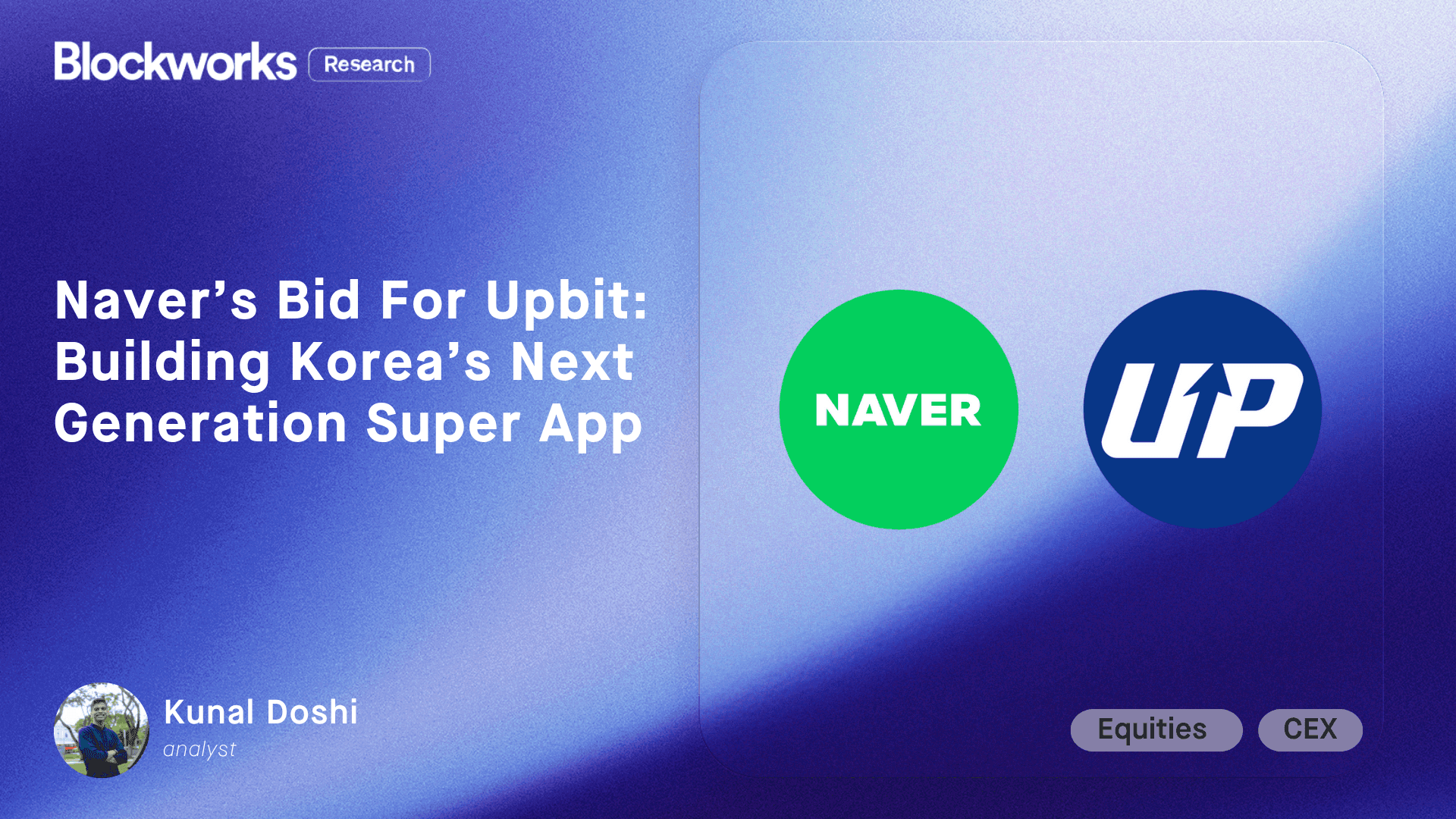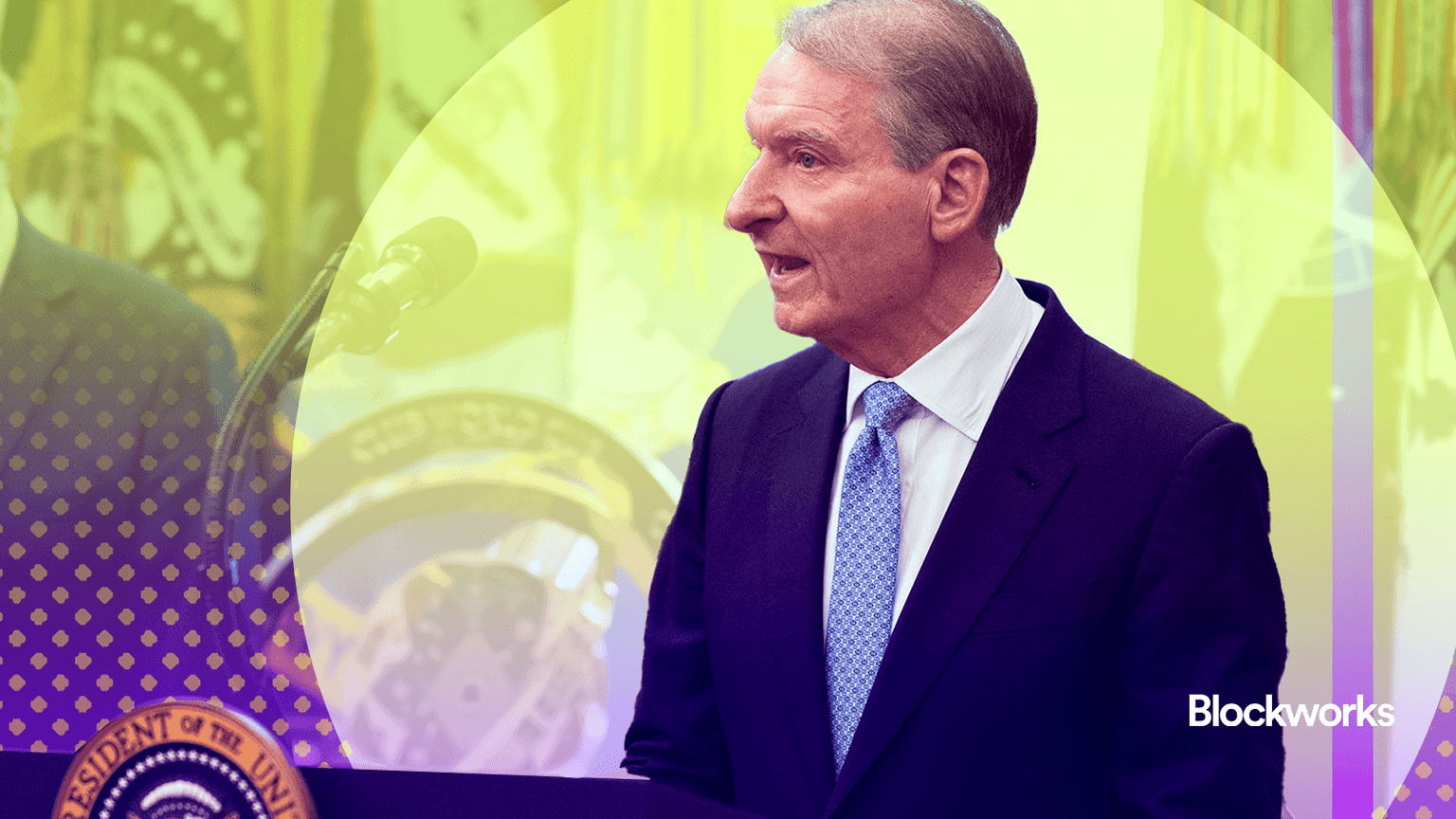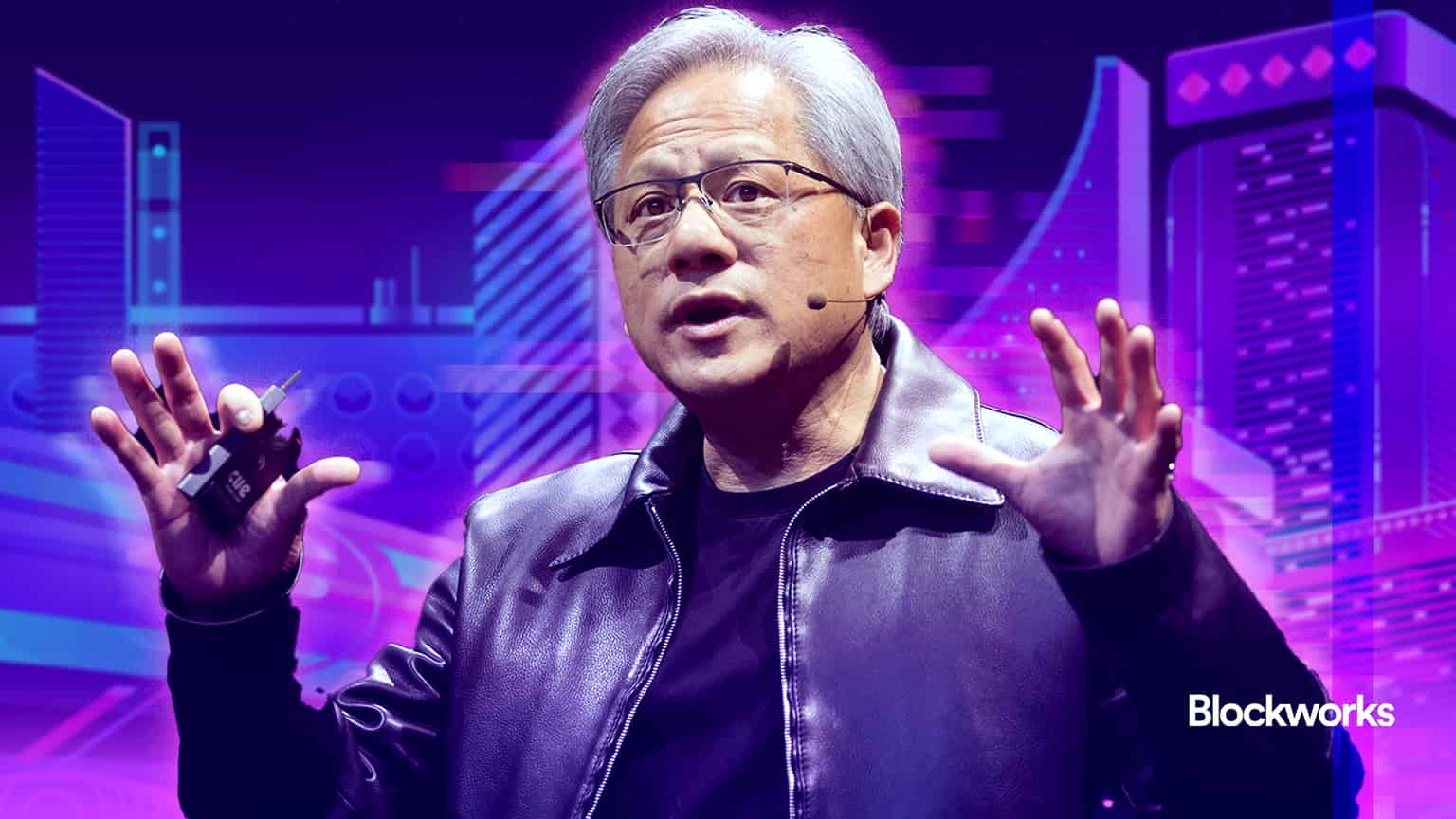PUMP post-mortem: Breaking down the pump.fun ICO
PUMP’s numbers on Solana indicate a “fork in the road” when it comes to the role of DEXs in token sales, says Blockworks Research

Furkan Cubuk/Shutterstock and Adobe modified by Blockworks
This is a segment from The Drop newsletter. To read full editions, subscribe.
The pump.fun ICO was a roaring success, raising $500 million onchain at a $4 billion fully-diluted value (FDV). Another $100 million was raised via CEXs.
More than 10,000 addresses took part in the Saturday sale conducted on Solana. In total, 12.5% of the entire supply was sold in 12 minutes — 125 billion PUMP for $0.004 each.
Within two days, PUMP had reached as high as 70% above that initial mark and has since retraced to be 14% ahead with a $4.6 billion FDV.
Such a rapid sale made availability a primary concern for anyone trying to get in — and as it turned out, it was much easier to scoop up tokens on decentralized exchanges than on standard trading platforms.
Blockworks Research analyst Boccaccio told the 0xResearch podcast:
“I have a very medium, luke-warm take, and it’s that this is the first time that I can think of [for a sale like this].
“Historically, if anybody gave you the option — either do this [token sale] on a centralized exchange versus on like decentralized rails — you would always do it on a centralized exchange, because it’s typically more performant; it’s more stable.
“I think this is the only example that I can think of where, like, you got fucked if you tried to do it on a centralized exchange. And if you did it on a decentralized [exchange] — like on Solana itself — you actually managed to get in. I think the average check size is like 500 as well. So, like, you didn’t have to be particularly sophisticated to get in.”
Ryan Connor, Blockworks Research’s head of research, sees this as something of a fork in the road for token sales moving forward.
Boccaccio agreed: “It dispels the myth that Solana is unstable and you can’t do anything on it. At least, what a lot of .eth’s have said historically is that you can’t do anything, you can’t trust Solana, necessarily, because it used to have outages.
“We saw that it [Solana] outperformed CEXs, and I think it also speaks to Hyperliquid in that it’s able to capture some volume.”
Catch the full episode on Youtube, Spotify, Apple Podcasts and X.
Get the news in your inbox. Explore Blockworks newsletters:
- The Breakdown: Decoding crypto and the markets. Daily.
- 0xResearch: Alpha in your inbox. Think like an analyst.
- Empire: Crypto news and analysis to start your day.
- Forward Guidance: The intersection of crypto, macro and policy.
- The Drop: Apps, games, memes and more.
- Lightspeed: All things Solana.
- Supply Shock: Bitcoin, bitcoin, bitcoin.






